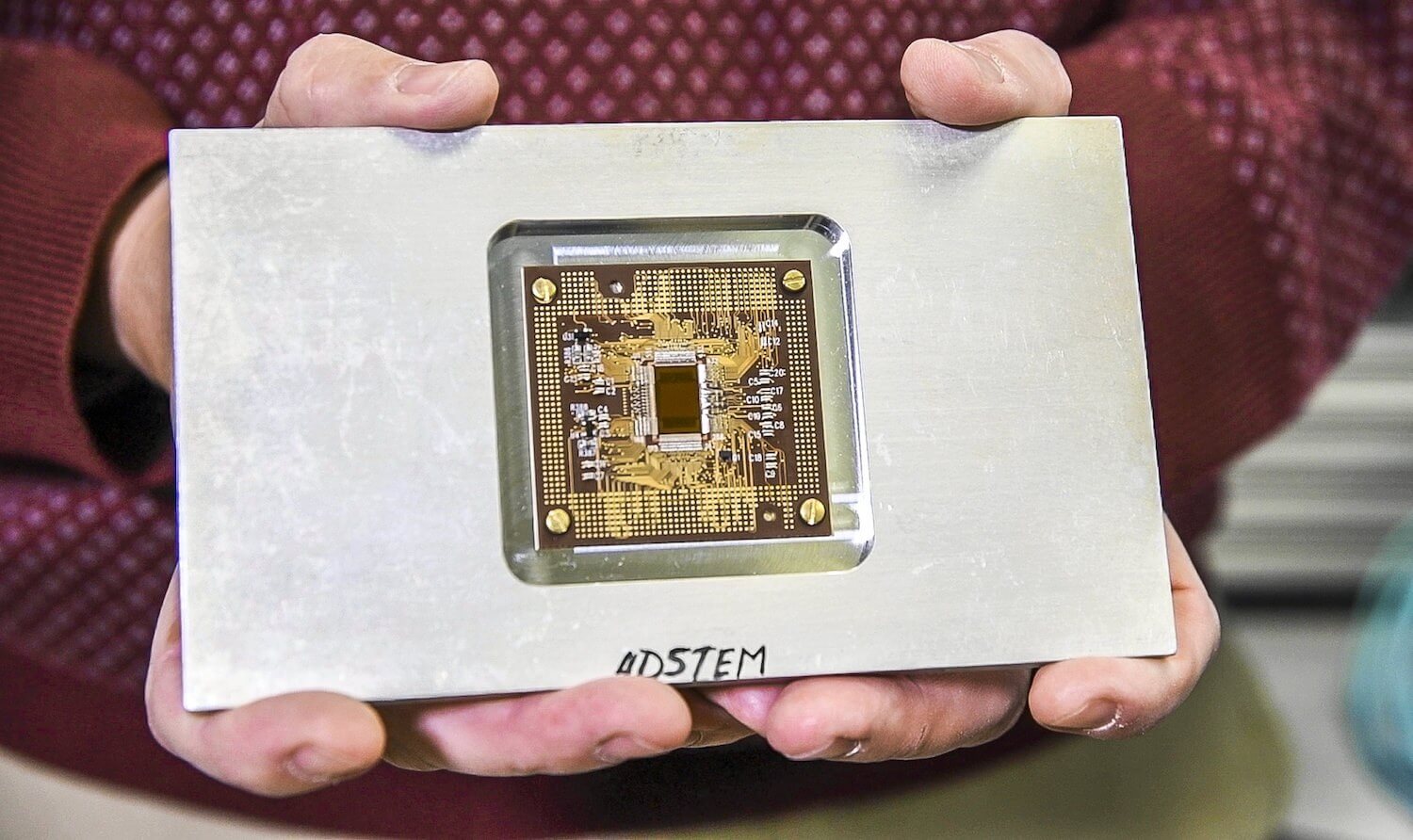The bleeding edge: Electron microscopy allows scientists to perform experiments and see reactions at the nanoscale. However, the technology can only capture a small fraction of the information, until now. With Berkeley Lab's 4D Camera, scientists can capture wide-scale images or video at the atomic level.

A team at the Department of Energy’s Lawrence Berkeley National Laboratory (Berkeley Lab) designed an electron detector that is 60-times faster than conventional electron microscopy. This breakthrough allows scientists to see and record all reactions during experiments. They call it the “4D Camera.”
“This new tool, a superfast detector installed February 12 at Berkeley Lab’s Molecular Foundry, a nanoscale science user facility, captures more images at a faster rate, revealing atomic-scale details across much larger areas than was possible before,” said Berkeley Lab in a press release.
The detector is capable of capturing images at 100,000 times per second. As can be imagined, this produces a ton of data — about 4TB per minute to be exact.
“The amount of data is equivalent to watching about 60,000 HD movies simultaneously,” said Peter Ercius, a scientist with Berkeley Lab’s Molecular Foundry.
The images are fed through 96 fiber optic cables that are about a kilometer long to Berkeley's supercomputer Cori. Cori can process the data in about 20 seconds.
The detector can provide a much wider field of view for scientists to observe. It can also allow them to watch “movies” of a reaction rather than viewing just a snapshot. Practical applications include studying batteries or microchips to understand how they fail or to detect flaws.
“It opens up a new time regime to explore with high-resolution microscopy. No one has ever taken continuous movies at this time resolution [using electron imaging],” said Andrew Minor, National Center for Electron Microscopy's facility director at the Molecular Foundry. “What happens there? There are all kinds of dynamics that might happen. We just don’t know because we’ve never been able to look at them before.”
The 4D Camera will allow researchers to see every electron that passes through a sample and is scattered. In turn, this will enable them to perform “virtual experiments” on samples without having to repeatedly go back and take new measurements under different imaging conditions.
https://www.techspot.com/news/78921-new-electron-microscope-records-100000-images-second.html